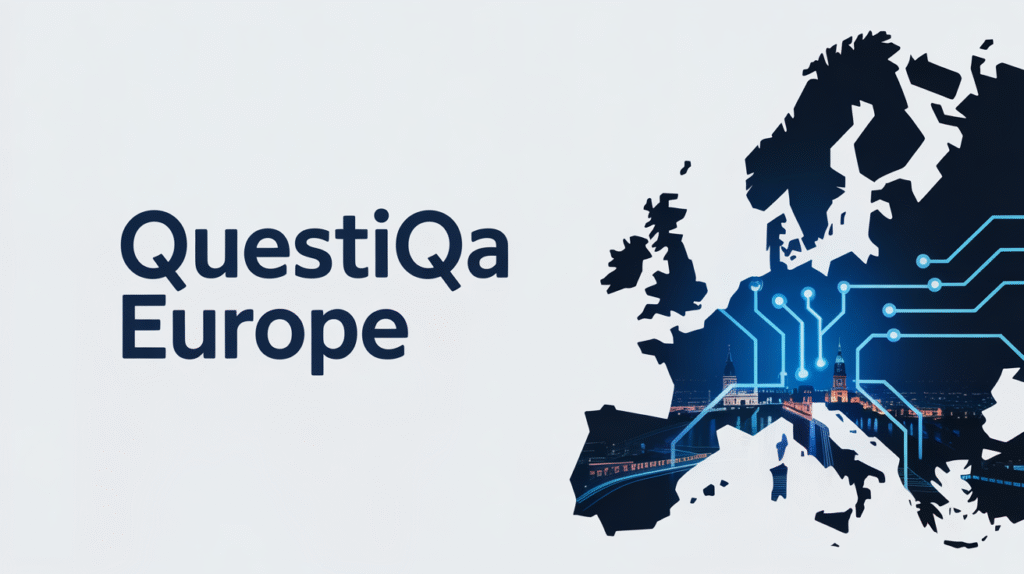Summary – A debate between the US and Europe over serving ice in water reveals deep-rooted cultural and environmental preferences.,
Article –
A notable cultural debate has emerged between the United States and Europe regarding the practice of serving ice in water. While Americans commonly expect their drinks to be served with ice, many Europeans traditionally do not include ice cubes in their water servings. This difference reflects more than a mere preference; it highlights distinctive cultural norms and historical developments across the Atlantic.
Who Is Involved?
This cultural contrast involves:
- American and European consumers
- Hospitality industries
- Broader societal preferences
In the United States, the widespread commercial availability of ice and the ingrained practice of serving chilled beverages influence the expectation of ice in drinks. Conversely, many European countries prioritize the high quality of tap water, often deeming added ice unnecessary or even undesirable. These differing approaches are entrenched in regional traditions and historical usage patterns.
Timeline and Sequence of Events
The roots of this divide trace back several decades:
- The United States embraced commercial production and ubiquitous use of ice cubes extensively from the 20th century onward.
- Europe’s focus on tap water quality, safety, and taste generally minimized the use of ice in drinks.
- The debate recently gained attention among travelers and consumers exchanging experiences, amplifying awareness of these contrasting customs.
Key Players and Official Statements
Although no direct involvement by governmental institutions or EU bodies has been noted,:
- European water quality authorities emphasize rigorous standards that reduce the need for ice to cool or purify water.
- American hospitality representatives underline ice as a key element of consumer satisfaction and refreshment, particularly in warmer climates.
Immediate Consequences and Reactions
The debate has practical consequences for international travelers and service providers:
- European restaurants and cafes may be unprepared to serve ice upon request, surprising American visitors.
- Environmental advocates highlight the impact of ice production and disposal on energy consumption and water use.
- Some establishments are reconsidering or limiting ice usage to reduce environmental footprint.
European Reactions
EU member states recognize the diversity of customs as part of their cultural heritage. Key points include:
- Hospitality sectors emphasize consumer education about differing practices.
- Tourist-heavy countries experimenting with increased ice usage report mixed responses.
- The European Environment Agency (EEA) promotes sustainability aspects related to water and ice consumption, encouraging responsible practices aligned with climate goals.
What Comes Next?
As international travel and cultural exchange increase, possible future developments include:
- Hospitality providers in Europe and the US may adopt more flexible approaches to accommodate varied preferences.
- Industry groups likely to develop best practice guidelines balancing consumer expectations with environmental stewardship.
- Travelers encouraged to communicate preferences clearly and respect local customs.
No official EU or US policies are pending, but the discussion may influence hospitality training and sustainability initiatives. This cultural difference serves as a reminder of how historical habits shape everyday experiences, encouraging mutual respect and environmental awareness.

More Stories
EU and France Reach Key Trade Agreement, Averting Potential Trade War
EU and UK Reach Agreement to Avert Trade Conflict Over Northern Ireland Protocol
France Labels EU-US Trade Agreement a ‘Submission’ Amid Relief Over Avoided Trade War